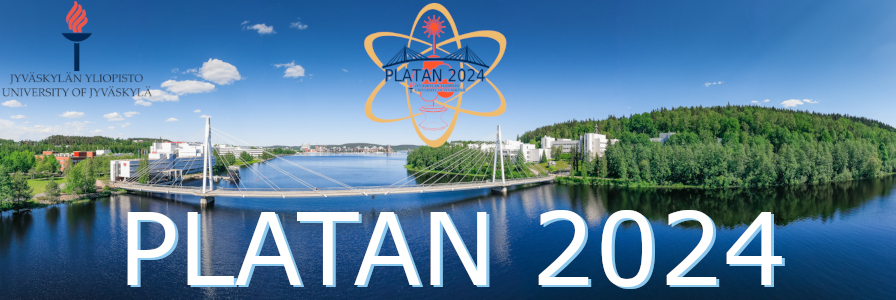Description
The ARTEMIS experiment [Quint W et al. 2008 Phys. Rev. A 78 032517] located at the HITRAP facility at GSI in Darmstadt, Germany, aims to measure the magnetic moments of bound electrons in heavy, highly charged ions (HCI) at the 10$^{−9}$ level of accuracy by performing laser-microwave double-resonance spectroscopy. The goal is testing QED in extreme fields including the study of higher-order Zeeman effects [Lindenfels D et al. 2013 Phys. Rev. A 87 023412]. The heart of ARTEMIS is a Penning trap stack inside a superconducting magnet. It consists of two connected Penning traps: a creation trap and a spectroscopy trap. The former is a mechanically compensated trap with open endcaps and equipped with a field emission point for in-trap creation of HCI. The latter is of a dedicated half-open design [Lindenfels D et al. 2014 Hyp. Int. 227 197-207] and electrically compensated. First commissioning has demonstrated successful in-trap ion production, storage, selection and cooling [Kanika et al. 2023 J. Phys. B 56 175001]. To test and develop the experimental setup and methods, a test ion is required which has a fine-structure splitting in the laser-accessible domain as well as a suitable ionisation potential for the in-trap creation. Therefore, $^{40}$Ar$^{13+}$ was chosen while $^{209}$Bi$^{82+}$ will be taken for future measurements. For access to these heavy few-electron ions, ARTEMIS is connected to the HITRAP facility [Herfurth F et al. 2015 Phys. Scr. 014065] via a beamline that features dedicated ion optics, non-destructive ion detectors, and a cryogenic fast-opening valve [Klimes J et al. 2023 Rev. Sci. Instr. 94 113202] which keeps the extreme vacuum of the trap stable while allowing access for ions and laser light. This beamline is constantly being upgraded towards efficient and well-controlled ion injection. We present the status and design updates of this beamline and the experiment.

